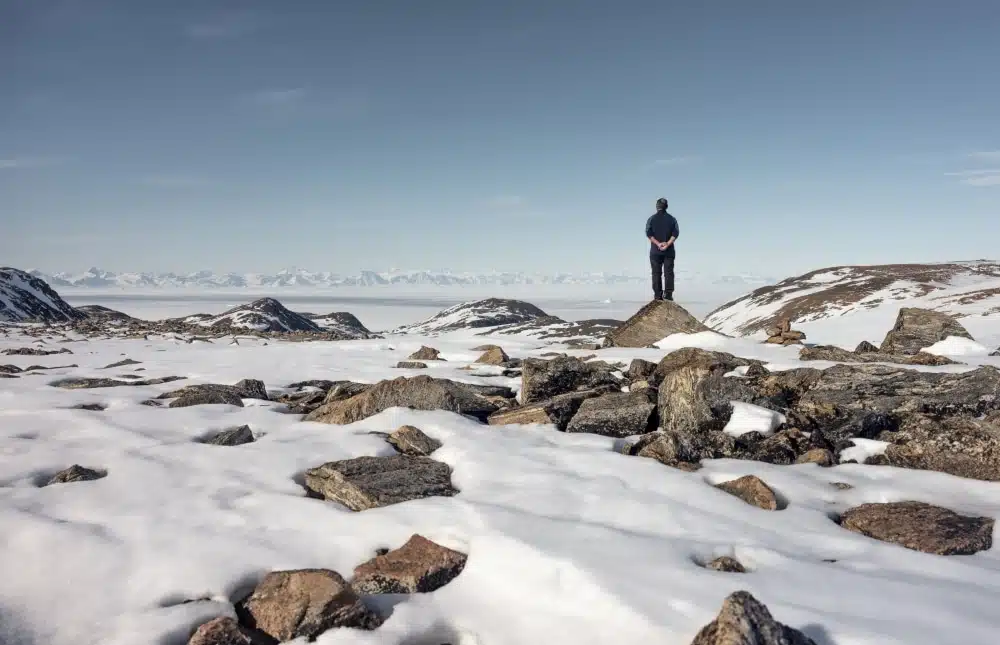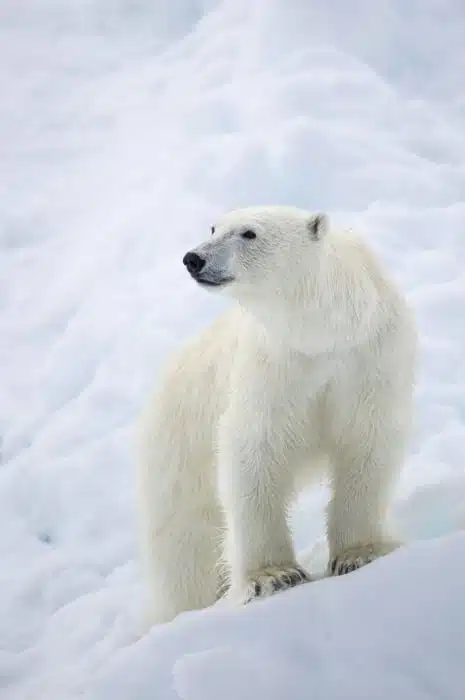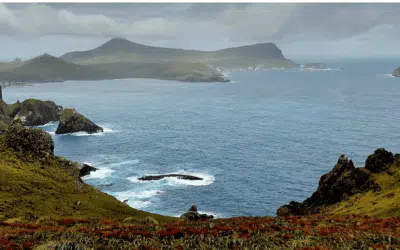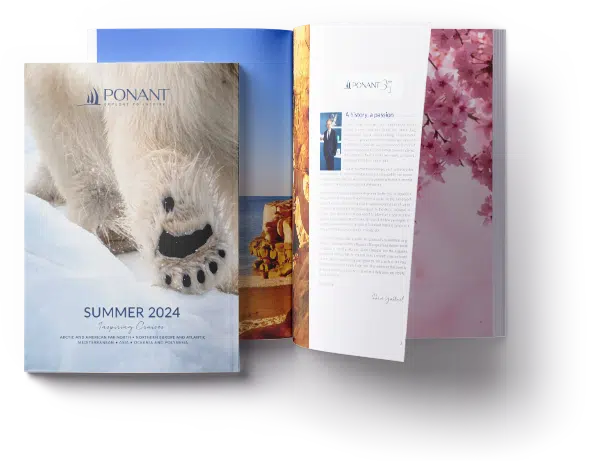Tales from the collective memory
The Inuit people are a vast family who crossed the ice-bound Bering Strait almost 4,500 years ago and gradually spread out across the immense lands of the Arctic. Their culture is rooted in a strong oral tradition, expressed in songs, epic poems and stories of spirits and supernatural creatures.
The oral tradition: linking a scattered people
through the generations, fostering a strong sense of belonging, conveying ideas and values, and sometimes even resolving conflicts.
Through their myths, which are generally short stories sometimes enhanced by song or dance, the Inuit evoke the wonders of the world, such as its creation, the heavens, birth and love, or indeed aspects of their everyday lives, such as hunting, sharing food and respecting their elders. They can also evoke darker aspects of existence, such as death, mourning and the mysteries of the afterlife.
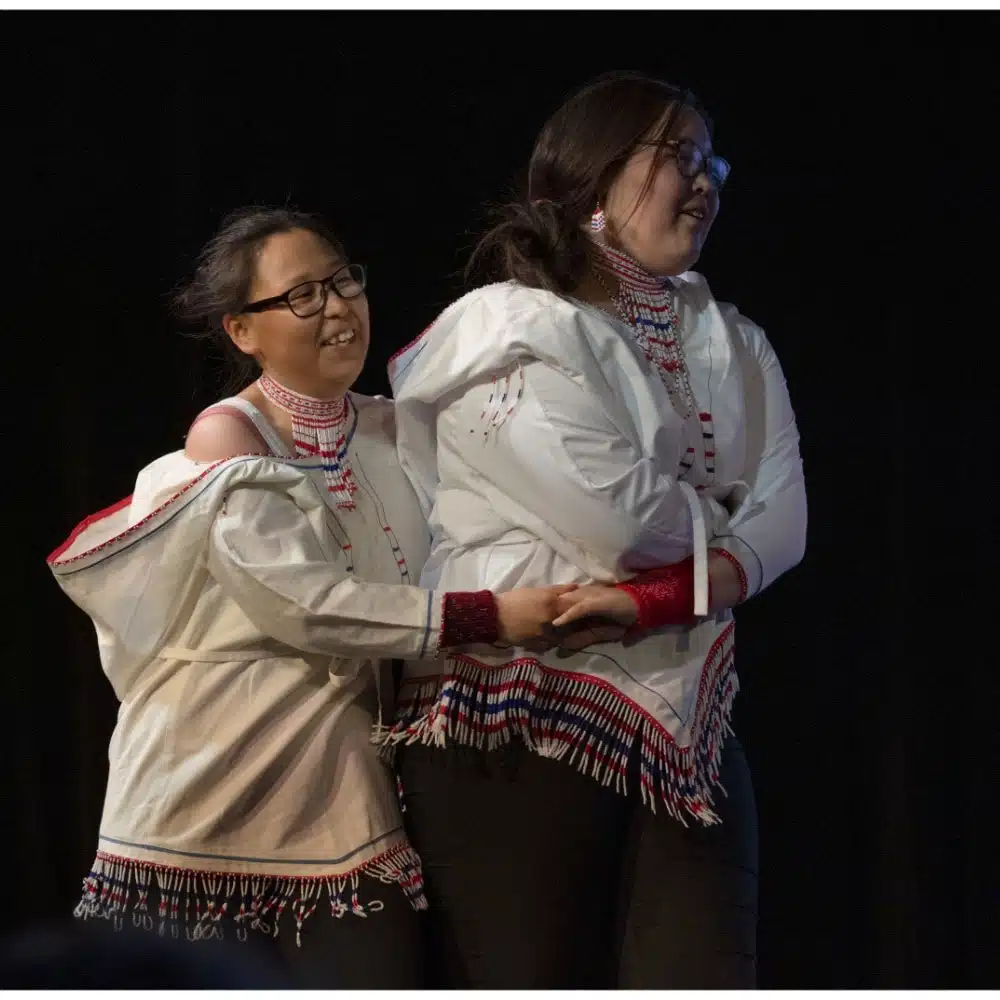
Of course, Inuit mythology varies from region to region, and even from village to village. As a result, there are many variants of the same myth, and several names for the same character. These stories are essential for anyone wishing to explore and understand the culture of these indigenous communities of the Arctic, and beyond that, their vision of the world.
Nature full of spirits
According to Inuit cosmogony, the universe is made up of different worlds – or realities. Across these different planes of existence are distributed the living, the dead and the spirits. These separate worlds are interlinked via portals that allow each entity to travel from one to the other. On the side of the living, only the shaman (angakkuq) is authorised to cross over via these passages, acting as a mediator between souls and spirits to maintain balance and harmony.
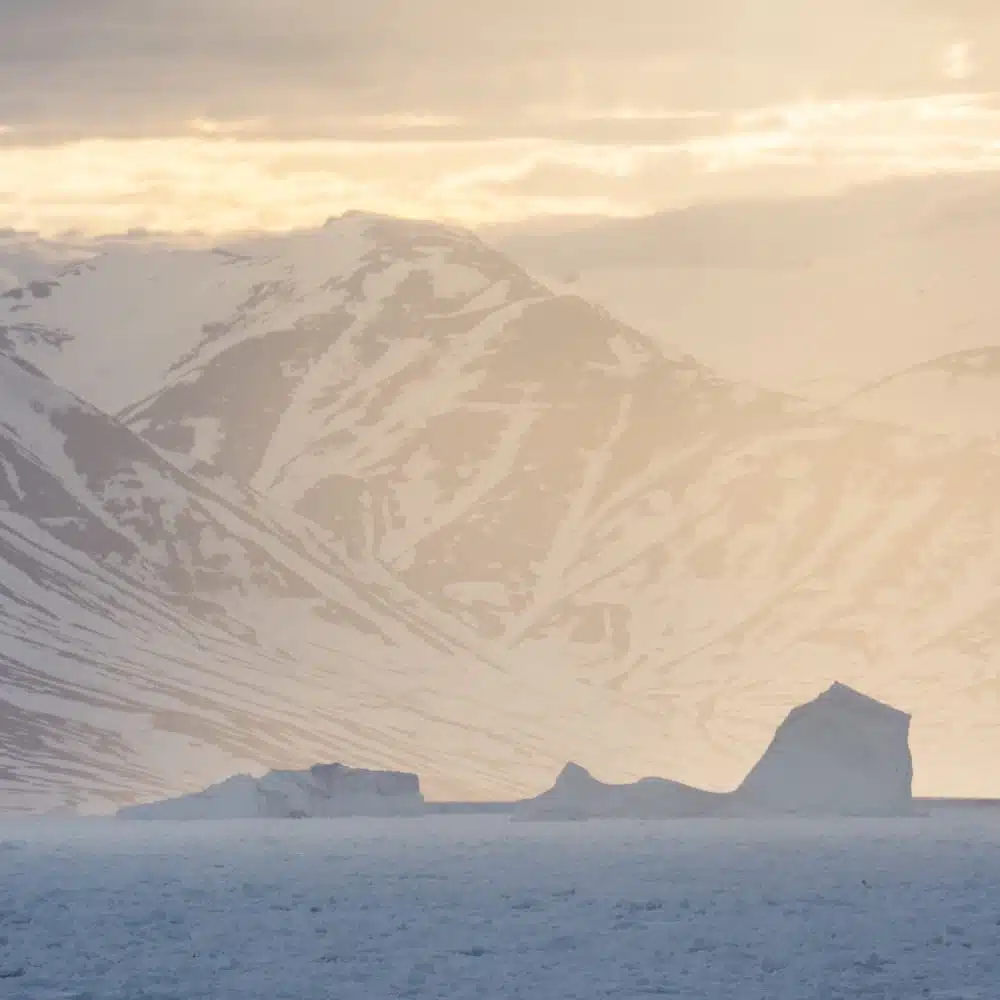
Is it a religion? No, it is more a way of perceiving the world in which each element of nature, each living being – human, animal, vegetable or mineral – has its own spirit, its own soul. So the human soul is equivalent to that of a caribou, a tree or a glacier. The Inuit use the term anirniq to describe the ‘breath’ that remains after death.
The Inuit have a culture of preserving their harsh, wild and sometimes perilous natural environment, which has led these communities to live in fear of invisible forces. A multitude of spirits are as feared as they are respected and must be honoured and appeased to ensure the survival and well-being of the community. The success of a hunting or fishing trip, the mercy of the elements, or the good fortune of a marriage all depend on it.
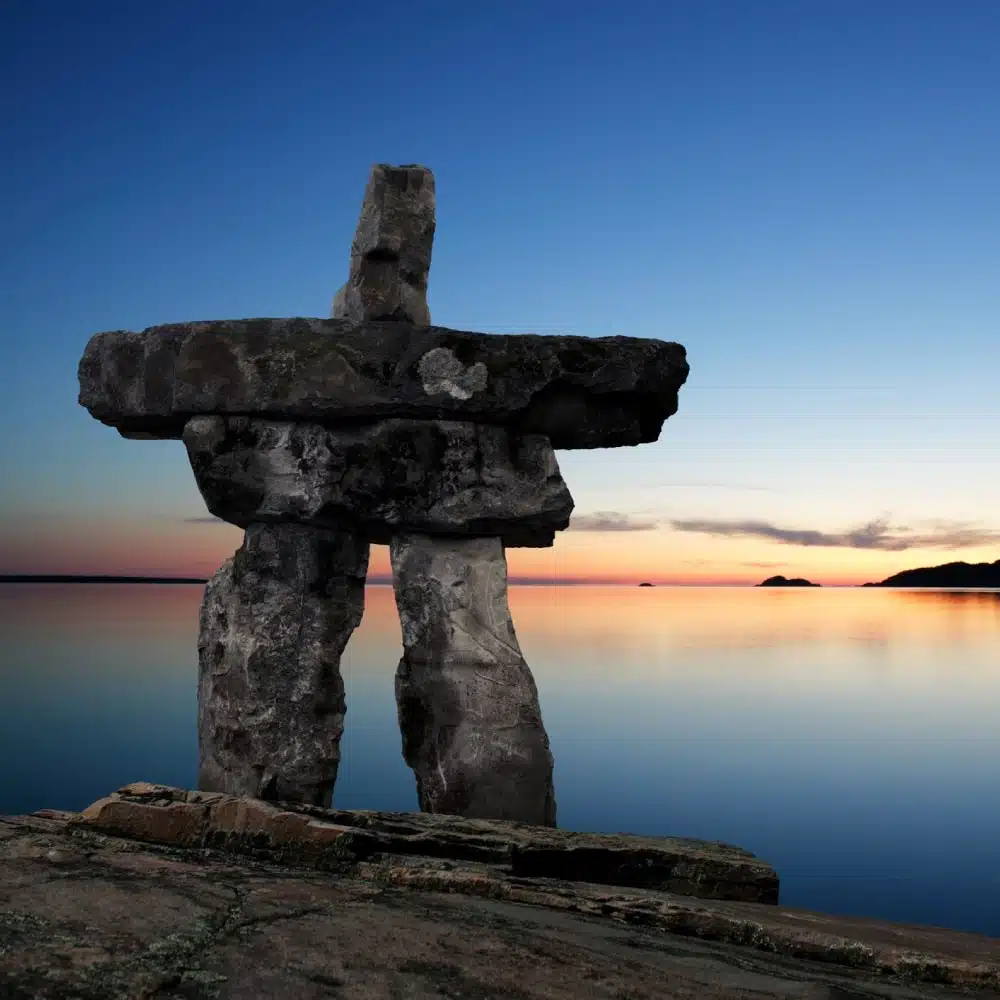
An inukshuk, an anthropomorphic structure of stacked stones that could serve as a stone scarecrow for Inuit hunters, as a landmark or signpost, or to mark the location of a sacred place.
Sedna, goddess of the sea and marine animals
Among the legends of the Arctic people, Sedna is undoubtedly one of the most important mythological figures in Inuit cosmogony. She is considered to be the goddess of the sea, responsible for the creation of marine animals. She is also sometimes known as Nuliayuk, Taluliyuk or Taleelayuk.
Often depicted in the form of a woman with a fish tail, like a mermaid, for the Inuit she is the nurturing mother of the ocean. The generosity of the oceans depends on her will. Beware of her wrath, a source of famine. During their trances, shamans will often comb the goddess’s long hair to calm her anger. When tangled, her hair traps fish and mammals at the bottom of the sea.
There are as many versions of her story as there are Inuit villages. Here’s one of them:

The legend of Sedna
The beautiful Sedna lived alone with her father, who despaired of ever finding her a husband. She was kidnapped by a rich hunter with a hideous face – in reality a shaman -– who took her to a remote island. Her cries and protests reached her father, who decided to bring his daughter back by kayak. The shaman, on realising that they had fled, unleashed the fury of the ocean on them in a rage. Caught in the storm, the father sacrificed his child by throwing her overboard. As Sedna clung to the kayak to keep from drowning, he struck her frozen fingers, which broke, then her hands, which also fell into the water.
From Sedna’s fingers were born fish, seals and walruses. From her hands, whales. Sedna herself sank into the depths of the sea to remain there forever.
Legends that are still very much alive
Such was the fate of Sedna, but we could also tell the tales of Nanuq, Amarok or Kiviuq, or of the demon Mahaha and other Qallupilluks, strange creatures covered in scales. These are just some of the spirits and supernatural beings of an abundant spiritual world, the treasures of an oral culture that is as precious as it is fragile.
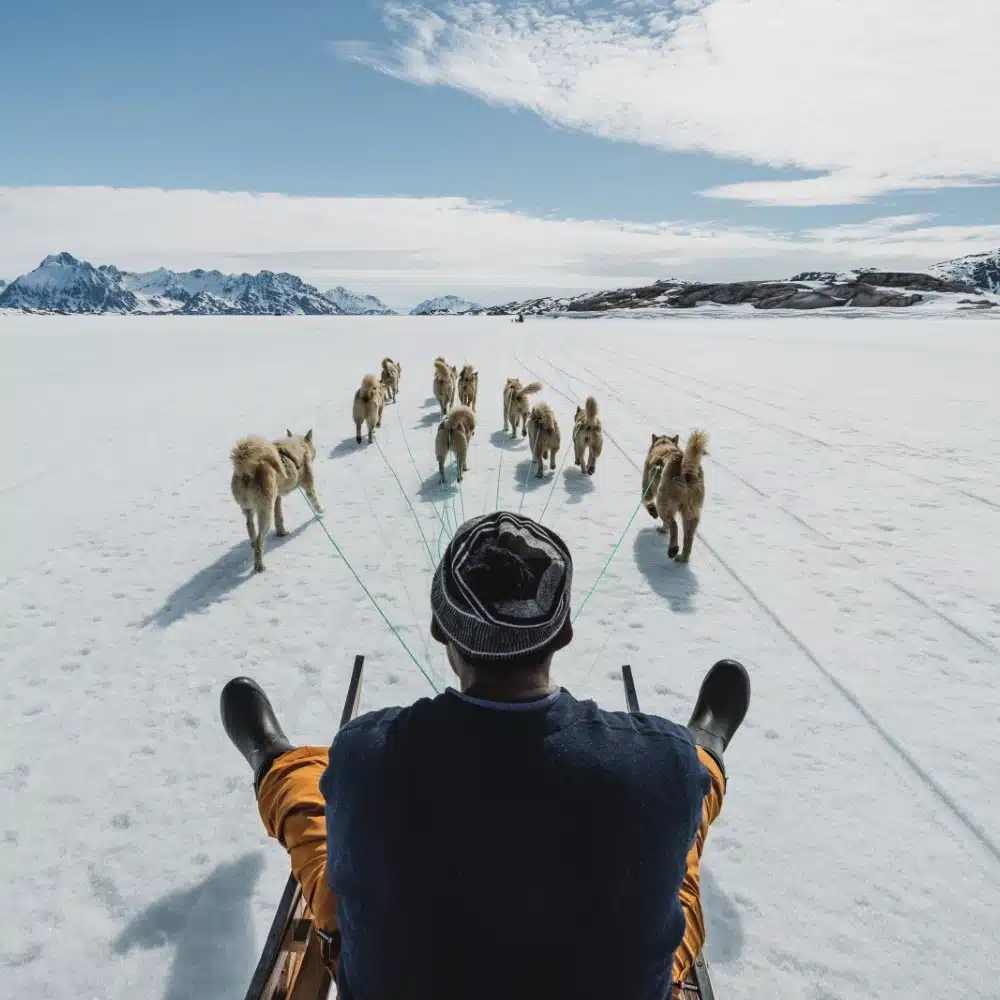
This culture is today being reclaimed by Inuit youth, who are continuing to tell the stories of their people, their origins and their close relationship with nature. But they are also modernising their means of story sharing, with theatre, workshops and cultural festivals, by writing novels and poems, and using the visual arts (painting, sculpture, etc.), digital tools (videos, blogs, podcasts, etc.) and social media.
Other major figures in Inuit mythology…
So much more than a simple element of folklore, the sharing of these legends is the ancestral glue that binds an identity that is both many-faceted and unique. This mythological force serves to preserve an entire cultural heritage, maintain social solidarity and even offer a degree of political unity.
Photos credit : ©iStock ; ©PONANT-Photo-Ambassador-Ian-Dawson ; ©PONANT-V. Vauchelle ; ©PONANT-J.Fabro

PONANT takes you there
Sail into the land of legends

